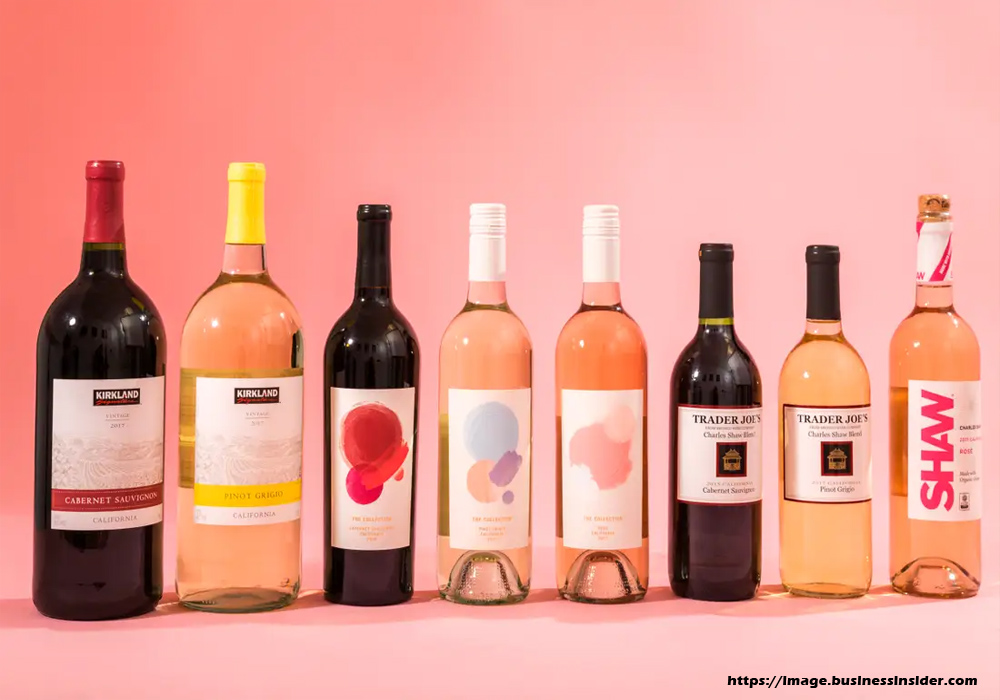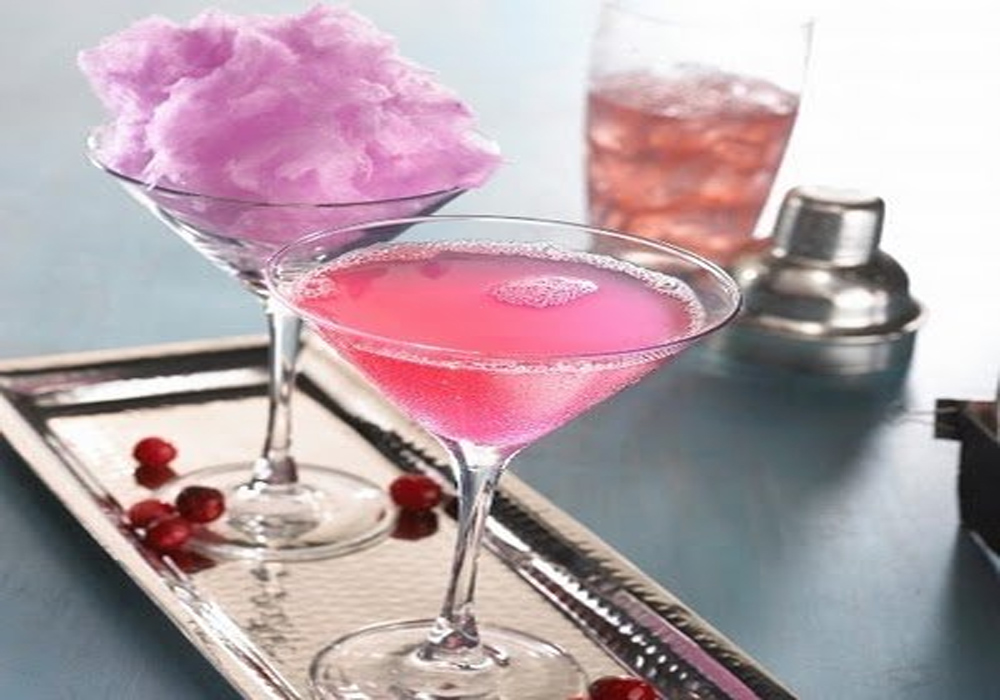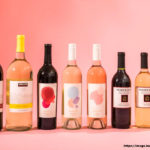I have enjoyed a good glass of table wine many times with my meals. Wine tasting parties have always been a favorite pastime, especially when combined with cheese. No, I am not from Wisconsin so I do not rate a “cheese head hat”. Recently, after a pleasant dinner party with good friends, I was introduced to a new class of vintages that I had never tried before. The dessert wine I was served turned out to be the fitting end to a fabulous evening.

Grapes used for these type of wines are not harvested in the same fashion and timing as your typical table wine grapes. The goal is to increase the sugar content of the grape by mainly harvesting them later in the season. Often a noble rot forms on the grapes before harvest. In another dessert type named ice wine, grape harvest is delayed until the first freeze. Some times these wines are developed by pausing the fermentation process.
There are several types of grapes primarily used in the making of dessert wines. Semillon grapes are commonly used in Sauternes that often smell like the wildflowers where it is grown. Muscat grapes may remind you of orange and honey. Fendant and Chasselas are typically found primarily in Switzerland. Spicy Gewurztraminer wines are good tasting and seem to age well. Fortified wines like sherry, port and Madeira are made differently than your typical dessert wine, but are also a great choice and considered in many circles to be “honorary dessert wines”. Be aware that some wineries are making great dessert wines by “late-harvesting” table wine grapes used for Cabernet Sauvignon and Viognier.
When serving, a general rule is the wine should be sweeter than the food it is served with. Good matches include fresh sweet fruits, bakery goods and chocolate and toffee based dishes. White dessert wines should be served chilled but not to cold, while red dessert wines are mainly served at room temperature. Because of their sweetness, dessert wines come in smaller bottles and often are more expensive than table wines. It is best to serve these wines in a small glass with a pour of only 2 ounces. Dessert wines can be served without dessert, but however with or without, prepare your body to get the high sugar that will be produced.
Choosing the right dessert wine for your next entertainment event can be a little challenging. A good suggestion is to try “trial” before you plan your meeting. Prepare a dessert of your choice beforehand. Taste the wine that you think will complete your dessert choices and pay attention to your impressions. Finally, taste your wine with your dessert. If you feel this combination is delicious on the tongue, you are free at home. If this combination blunts the aroma of wine, consider choosing a dessert that is less sweet or sweeter wine.
What I learned about this special wine has long been known by cultured Europeans. On this continent, we always appreciate having dessert after our meal, but have not yet widely appreciated what a good companion wine can do for our “tastes.” I have decided that enjoying dessert wine in my cellar to be enjoyed occasionally is a personal necessity. As I always say, choose your wine according to your taste, store and serve it properly, and enjoy.
Author: Ronald Senn, Vice President, Ideal Wine Cooler, April 2010








